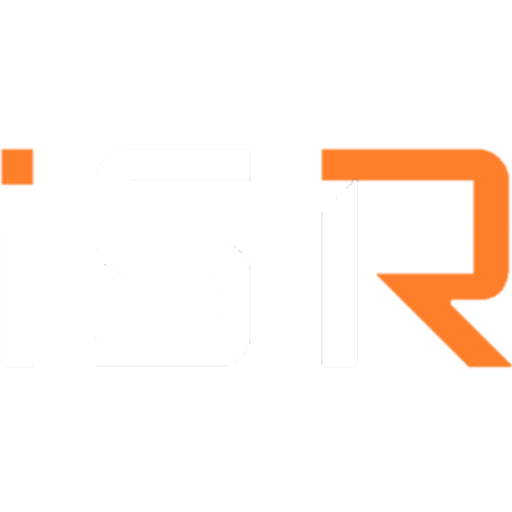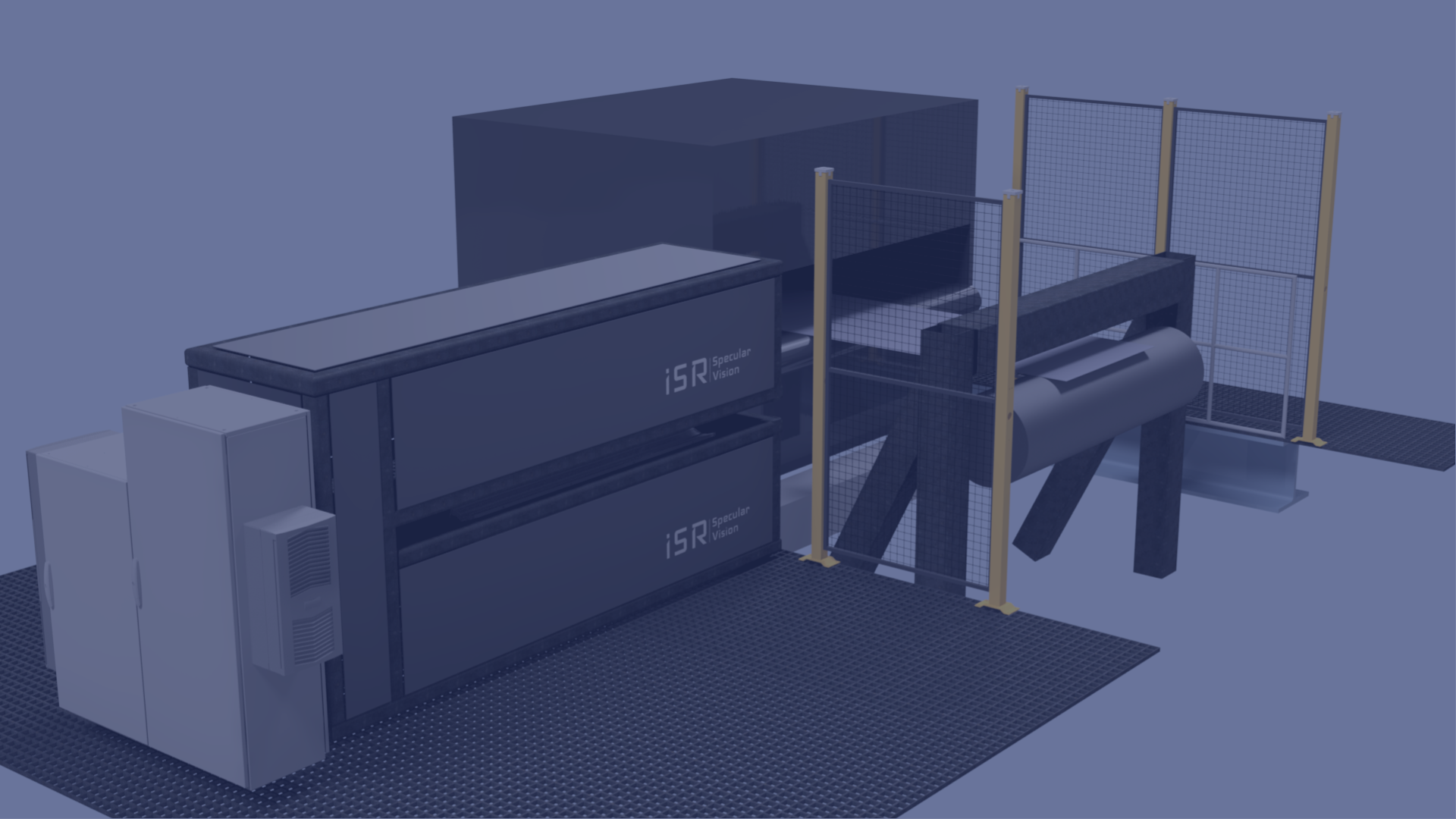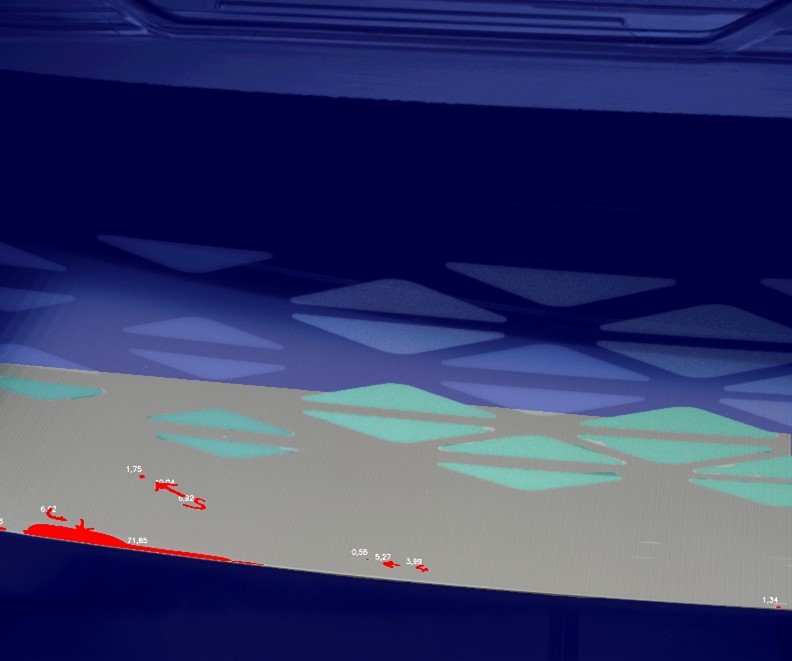1. Introduction: A New Era for AI-Driven Quality Assurance
Across global manufacturing, quality assurance is undergoing one of the fastest transformations in the past decade. Leading OEM manufacturing partners like Valeo, Motherson and OP Mobility have publicly accelerated their investment in automated quality ecosystems—pushing Tier1 suppliers to adopt AI-driven inspection as a strategic pillar, not just a tactical add-on.
Recent industry reports, including McKinsey’s 2024 “State of AI in Manufacturing” and Deloitte’s analysis on digital QA adoption, highlight a shared trend: the next competitive advantage lies not in deploying AI models, but in maintaining them efficiently across dynamic production environments.
However, this shift has revealed a critical bottleneck: the cost, effort and dependency associated with building, labeling and retraining vision models at scale. Traditional workflows rely on manual annotation, expert configuration and long iteration cycles—an approach that cannot keep up with the rapid design refresh cycles of sectors like automotive lighting, consumer electronics or glossy plastics.
This industry pressure is accelerating the rise of a new generation of vision software built around smart labeling, model automation and continuous retraining. The objective is clear: reduce friction, cut training costs and give quality teams the autonomy to keep models updated without interrupting production.
2. Technical Background: Why Data and Labeling Dominate the Cost Structure
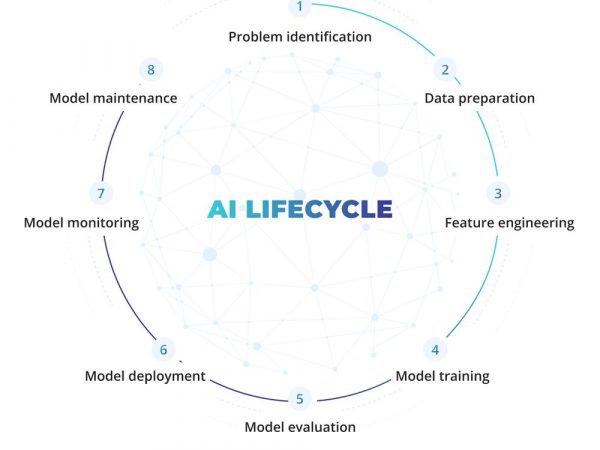
The state of the art in industrial vision is increasingly defined by how efficiently datasets can be created, curated and transformed into reliable AI models. McKinsey estimates that up to 70% of the total cost of deploying a vision system comes from data preparation and labeling, making it the most resource-intensive stage of the lifecycle.
To reduce this burden, modern platforms are adopting techniques such as:
Feature clustering
Pre-annotation models
Active learning
These approaches can cut manual labeling time by 40% to 60% while improving consistency.
At the same time, OEMs like BMW and Tesla are demanding increasingly adaptive inspection workflows capable of supporting fast product iterations and variant proliferation. This has accelerated adoption of AutoML pipelines designed to shrink development cycles from weeks to a few hours.
From a usability perspective, advanced systems prioritize intuitive interfaces, shared galleries, real-time synchronization and role-based permissions to improve collaboration across engineering, quality and operations. According to Deloitte, collaborative labeling alone can boost dataset readiness by 30% to 50%.
Finally, the industry is shifting toward continuous-retraining ecosystems capable of compensating for domain drift and emerging defect patterns—ensuring long-term model stability in real production conditions.
3. ISR’s Contribution: Introducing VisionX and the Future of Smart Labeling
The next generation of industrial vision software is defined by its ability to streamline the entire model lifecycle—from raw image ingestion to final evaluation. VisionX, ISR’s upcoming launch, embodies this shift by integrating every critical step into a single, intuitive and production-ready workflow.
VisionX brings improvements in three core phases:
A. Smart and Efficient Labeling
OK/KO classification or multi-class defect annotation
Consistent, low-cognitive-load layout
Color-coded classes and real-time previews
Bounding boxes and polygon tools
Grid and Resize features for precise work
These tools drastically reduce time spent switching between external software or manual processes.

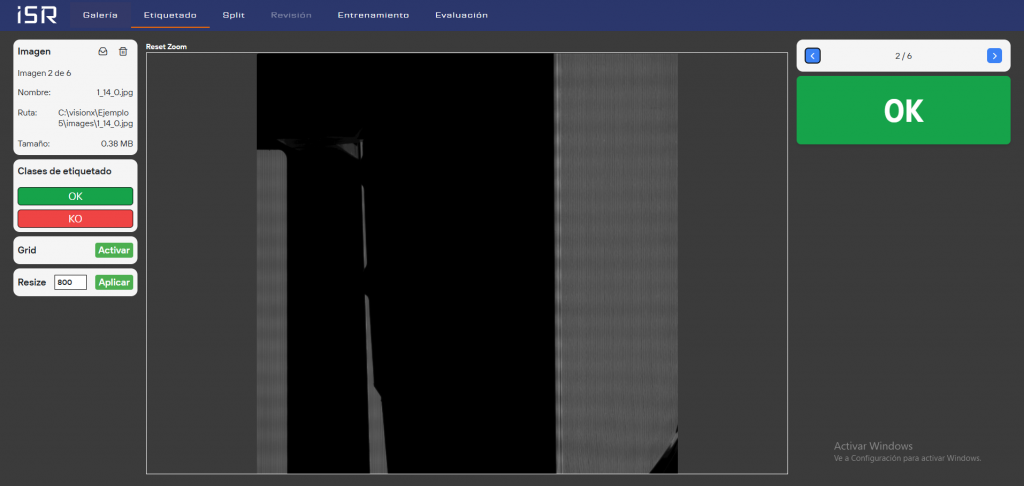
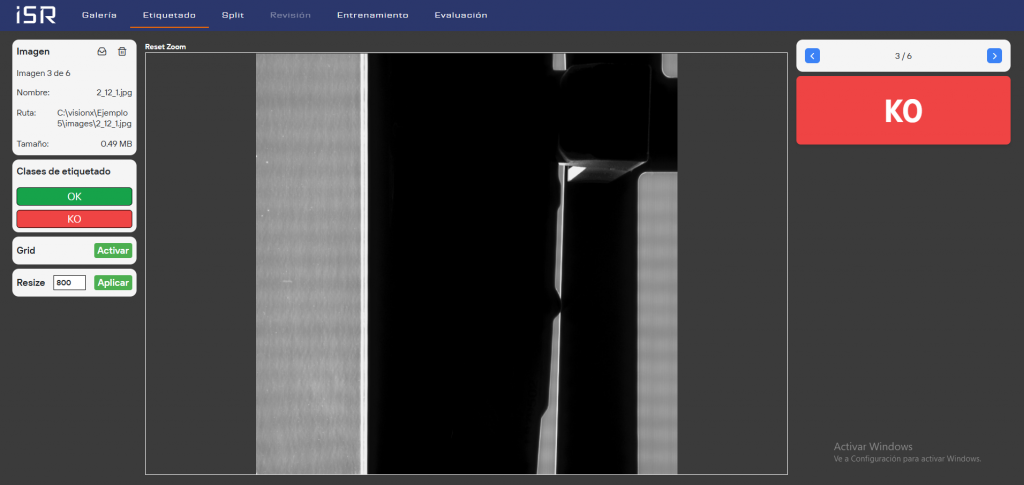

B. Automated Review and Dataset Structuring
Once images are labeled, VisionX automatically:
Clusters instances
Highlights inconsistencies
Displays distribution scatterplots
Suggests balanced dataset splits
Operators can remove outliers or rebalance classes with a single click.
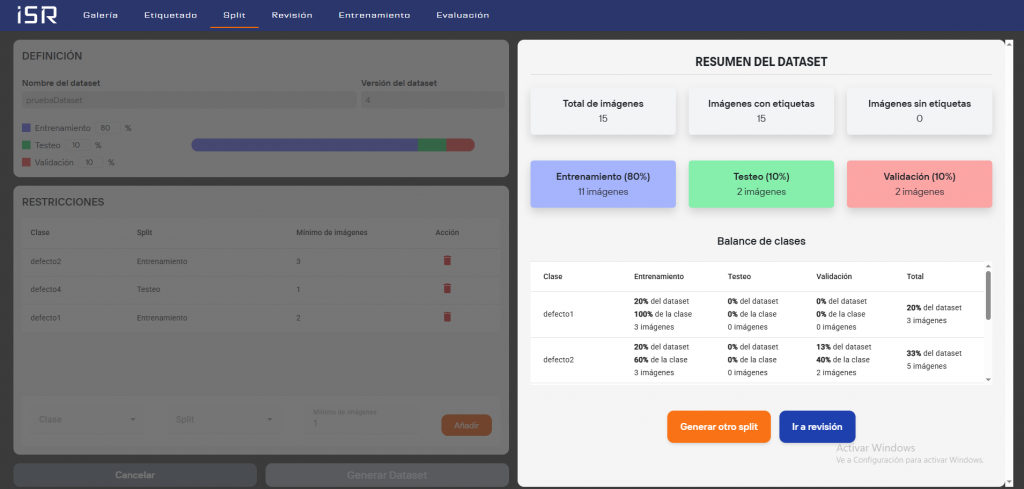
C. Automated Training and Evaluation
VisionX closes the loop with:
Automated model configuration
Internal hyperparameter tuning
Performance summaries tailored to production needs
What once required expert intervention now becomes an accessible, efficient flow aligned with real factory demands.
Through these capabilities, VisionX doesn’t just reduce labeling and training time—it standardizes the entire AI model lifecycle, giving manufacturers the flexibility needed to maintain their systems with minimal friction.
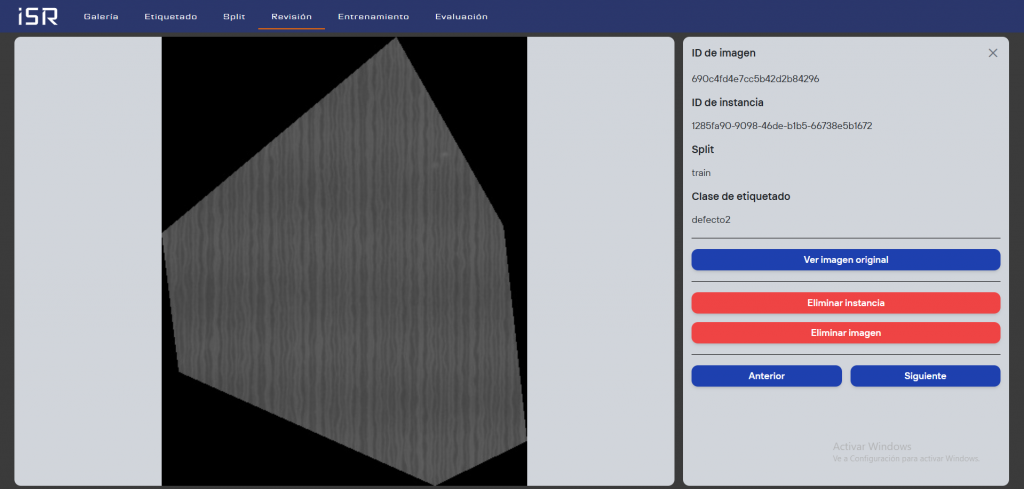
4. Conclusion: The Future Belongs to Low-Touch, High-Adaptability AI
The evolution of industrial vision is driven by an industry-wide mandate: AI systems must be faster to deploy, easier to maintain and capable of adapting to rapidly changing production realities. With OEMs like BMW and Tesla raising their quality expectations and shortening product cycles, suppliers are moving toward solutions that reduce friction and accelerate model readiness.
Insights from McKinsey and Deloitte reinforce that scalable AI depends on minimizing expert dependency and transforming the model lifecycle into a predictable, low-touch process. This shift boosts resilience, strengthens alignment between engineering and quality teams and ensures that models remain synchronized with OEM requirements.
The direction is clear: the next generation of automated inspection will be defined by systems that retrain continuously, collaborate across roles and remain robust as industrial ecosystems grow increasingly complex.
In this new landscape, AI is not a static asset—it is a living capability that evolves alongside the factory.


